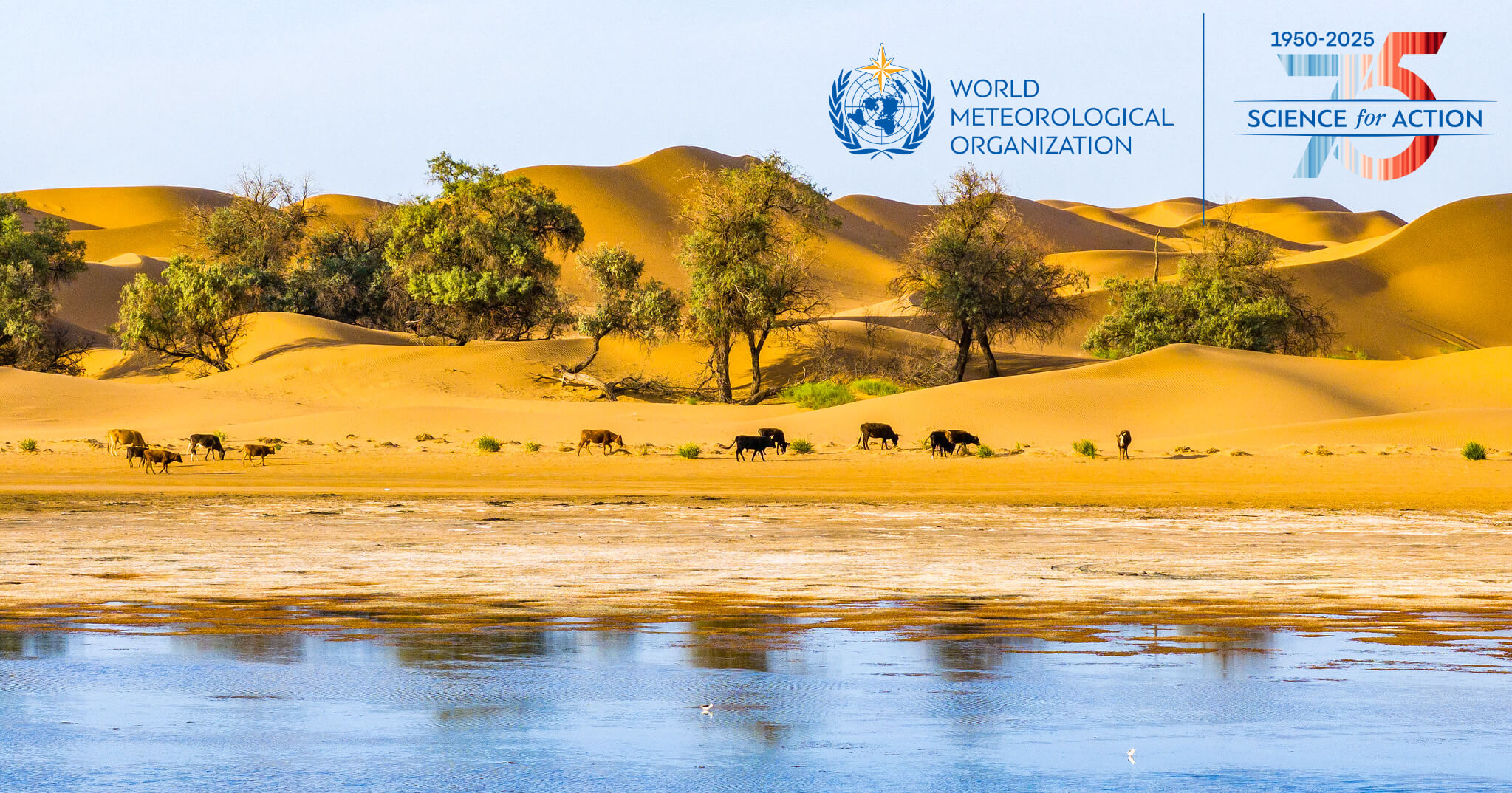UNL ranks in top 10% worldwide for agriculture, natural resources – University of Nebraska–Lincoln

Global Recognition for University of Nebraska–Lincoln’s Contribution to Sustainable Development
The University of Nebraska–Lincoln (UNL) has been ranked in the top 10% of global institutions for its agriculture and natural resources programs, according to the QS World University Rankings. The university placed 46th among 475 institutions, a position that underscores its significant contributions toward achieving the United Nations Sustainable Development Goals (SDGs).
Alignment with Sustainable Development Goals (SDGs)
The university’s performance reflects a deep integration of sustainability principles across its research, teaching, and engagement activities. The programs directly address several key SDGs through a multi-faceted approach.
SDG 2: Zero Hunger
UNL’s work is central to promoting sustainable agriculture and ensuring food security. The institution’s commitment is demonstrated through:
- Developing cutting-edge solutions and agricultural innovations to support producers.
- Driving progress for farmers and rural communities to enhance food production systems.
- Conducting research that addresses global food challenges, a core target of SDG 2.
SDG 4: Quality Education
The university provides inclusive and equitable quality education in the fields of agriculture and natural resources. Key initiatives include:
- Innovative curricular development designed to equip students with relevant, future-focused knowledge.
- Robust experiential learning opportunities that bridge academic theory with practical application.
- Preparing graduates who are highly sought after by employers, ensuring they have the skills for lifelong career success.
SDG 8: Decent Work and Economic Growth
A high ranking in employer reputation signifies UNL’s success in fostering productive employment and decent work. The university ranked third among Big Ten land-grant universities in this category, indicating its effectiveness in:
- Preparing graduates with skills and knowledge that are highly valued in the job market.
- Contributing to economic growth by supplying a well-trained workforce for the agricultural and natural resources sectors.
SDG 9: Industry, Innovation, and Infrastructure
The Institute of Agriculture and Natural Resources (IANR) serves as a hub for innovation, aligning with the goal of building resilient infrastructure and fostering sustainable industrialization.
- An increase in research expenditure for three consecutive years demonstrates a growing investment in innovation.
- Strategic investments and industry partnerships are propelling progress and creating scalable solutions.
- A focus on research and discovery drives the development of new technologies and practices for the agricultural sector.
SDG 15: Life on Land & SDG 17: Partnerships for the Goals
The programs’ emphasis on natural resources and collaborative engagement directly supports the sustainable management of terrestrial ecosystems and the power of partnerships.
- The curriculum and research are dedicated to sustaining natural resources for future generations.
- A collaborative culture, deep statewide engagement, and partnerships with industry stakeholders exemplify the spirit of SDG 17, creating a network for achieving sustainable outcomes.
Key Performance Indicators and Institutional Strengths
The QS ranking methodology highlighted several areas of institutional excellence that contribute to UNL’s global standing and its impact on sustainability.
Employer Reputation
The university’s high score for employer reputation is a direct result of its focus on student employability and its strong connections with industry partners.
Research and Academic Impact
UNL’s research program is firmly positioned among its peers, with notable performance in the following metrics:
- Citations per paper, indicating the influence and significance of its published research.
- H-index citations, a measure of both the productivity and impact of its faculty’s scholarly output.
Strategic Outlook and Commitment to Global Goals
The University of Nebraska–Lincoln remains committed to its land-grant mission of serving the people of Nebraska and addressing global challenges. The institution is strategically positioned to elevate its agricultural research profile and enhance its leadership in agricultural innovation. This forward-looking approach ensures that UNL will continue to make substantial contributions to sustaining natural resources and driving progress for communities worldwide, in direct alignment with the 2030 Agenda for Sustainable Development.
1. Which SDGs are addressed or connected to the issues highlighted in the article?
- SDG 2: Zero Hunger
- SDG 4: Quality Education
- SDG 8: Decent Work and Economic Growth
- SDG 9: Industry, Innovation, and Infrastructure
- SDG 15: Life on Land
- SDG 17: Partnerships for the Goals
2. What specific targets under those SDGs can be identified based on the article’s content?
-
SDG 2: Zero Hunger
- Target 2.4: By 2030, ensure sustainable food production systems and implement resilient agricultural practices that increase productivity and production. The article highlights the university’s commitment to “agricultural innovation, driving progress for farmers” and “sustaining our natural resources,” which are central to creating sustainable and productive agricultural systems.
- Target 2.a: Increase investment, including through enhanced international cooperation, in rural infrastructure, agricultural research and extension services. The article explicitly mentions an “increase in research expenditure each year for the past three years” and the role of its “Agricultural Research Division” and “Extension offices” in supporting Nebraska producers.
-
SDG 4: Quality Education
- Target 4.4: By 2030, substantially increase the number of youth and adults who have relevant skills, including technical and vocational skills, for employment, decent jobs and entrepreneurship. The article emphasizes the university’s high ranking in “employer reputation,” which “reflects how well a university is perceived by employers in preparing graduates with desirable skills and knowledge.”
-
SDG 8: Decent Work and Economic Growth
- Target 8.6: By 2020, substantially reduce the proportion of youth not in employment, education or training. The university’s success in preparing students for the workforce, evidenced by its high “employer reputation” and “innovative curricular development,” directly contributes to increasing youth employability and reducing the number of young people not in employment or education.
-
SDG 9: Industry, Innovation, and Infrastructure
- Target 9.5: Enhance scientific research, upgrade the technological capabilities of industrial sectors…encouraging innovation and substantially increasing the number of research and development workers. The article details the university’s focus on being a “leader in agricultural innovation,” providing “cutting-edge solutions,” and notes the success is a “direct outcome of our talented faculty, our creative students and our collaborative culture,” all of which point to enhancing scientific research and innovation.
-
SDG 15: Life on Land
- Target 15.3: By 2030, combat desertification, restore degraded land and soil…and strive to achieve a land degradation-neutral world. The university’s commitment to “sustaining our natural resources for decades to come” through its agriculture and natural resources programs directly relates to the sustainable management of land and ecosystems.
-
SDG 17: Partnerships for the Goals
- Target 17.17: Encourage and promote effective public, public-private and civil society partnerships. The article mentions the university’s “deep statewide engagement and partnerships” and “strategic investments and industry partnerships” as key drivers of its success and innovation.
3. Are there any indicators mentioned or implied in the article that can be used to measure progress towards the identified targets?
-
For Target 4.4 (Relevant Skills for Employment) & 8.6 (Youth Employment)
- Indicator: Employer Reputation Score/Ranking. The article explicitly states Nebraska ranked third among Big Ten universities in the “employer reputation category,” which is a direct measure of how well graduates are prepared for the job market.
- Indicator: Overall University Ranking. The ranking of 46th among 475 universities worldwide in agriculture and natural resources serves as an indirect indicator of the quality of education provided.
-
For Target 2.a (Investment in Agricultural Research) & 9.5 (Enhance Scientific Research)
- Indicator: Research Expenditure. The article directly mentions an “increase in research expenditure each year for the past three years” as a measure of its growing research program.
- Indicator: Citations per paper and H-index citations. The article identifies these as scoring categories that “firmly establish the university among Big Ten land-grant universities” and serve as a measure of academic productivity and research impact.
-
For Target 17.17 (Partnerships)
- Indicator: Number and quality of industry partnerships. The article implies this is a key metric for success by highlighting that “strategic investments and industry partnerships are driving innovation.”
4. Create a table with three columns titled ‘SDGs, Targets and Indicators” to present the findings from analyzing the article.
| SDGs | Targets | Indicators |
|---|---|---|
| SDG 2: Zero Hunger | Target 2.4: Ensure sustainable food production systems. Target 2.a: Increase investment in agricultural research and extension services. |
Increase in research expenditure. |
| SDG 4: Quality Education | Target 4.4: Increase the number of youth and adults with relevant skills for employment. | Employer reputation score/ranking. Overall university ranking in agriculture and natural resources. |
| SDG 8: Decent Work and Economic Growth | Target 8.6: Reduce the proportion of youth not in employment, education or training. | Employer reputation score/ranking. |
| SDG 9: Industry, Innovation, and Infrastructure | Target 9.5: Enhance scientific research and encourage innovation. | Increase in research expenditure. Citations per paper and H-index citations. |
| SDG 15: Life on Land | Target 15.3: Combat desertification, restore degraded land and soil. | Commitment to “sustaining our natural resources” (Implied). |
| SDG 17: Partnerships for the Goals | Target 17.17: Encourage and promote effective public-private partnerships. | Number and quality of “industry partnerships” (Implied). |
Source: newswise.com

What is Your Reaction?
 Like
0
Like
0
 Dislike
0
Dislike
0
 Love
0
Love
0
 Funny
0
Funny
0
 Angry
0
Angry
0
 Sad
0
Sad
0
 Wow
0
Wow
0













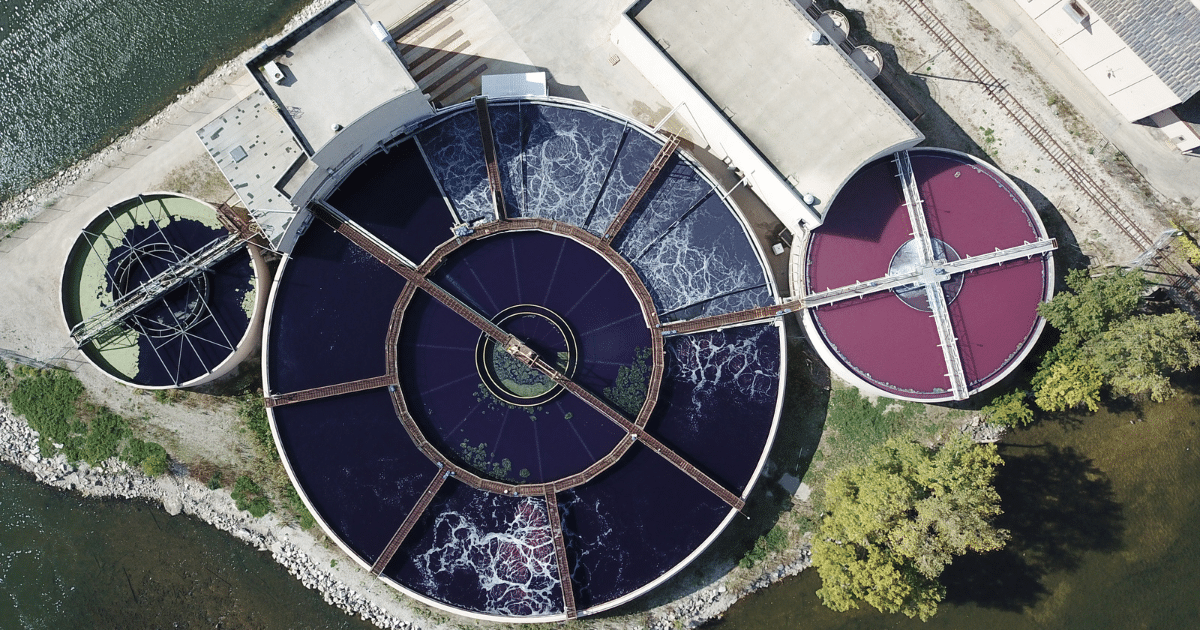











![MDN’s Energy Stories of Interest: Thu, Nov 6, 2025 [FREE ACCESS] – Marcellus Drilling News](https://marcellusdrilling.com/wp-content/uploads/2025/03/MDN-energy-stories-of-interest-300x300.jpg?#)

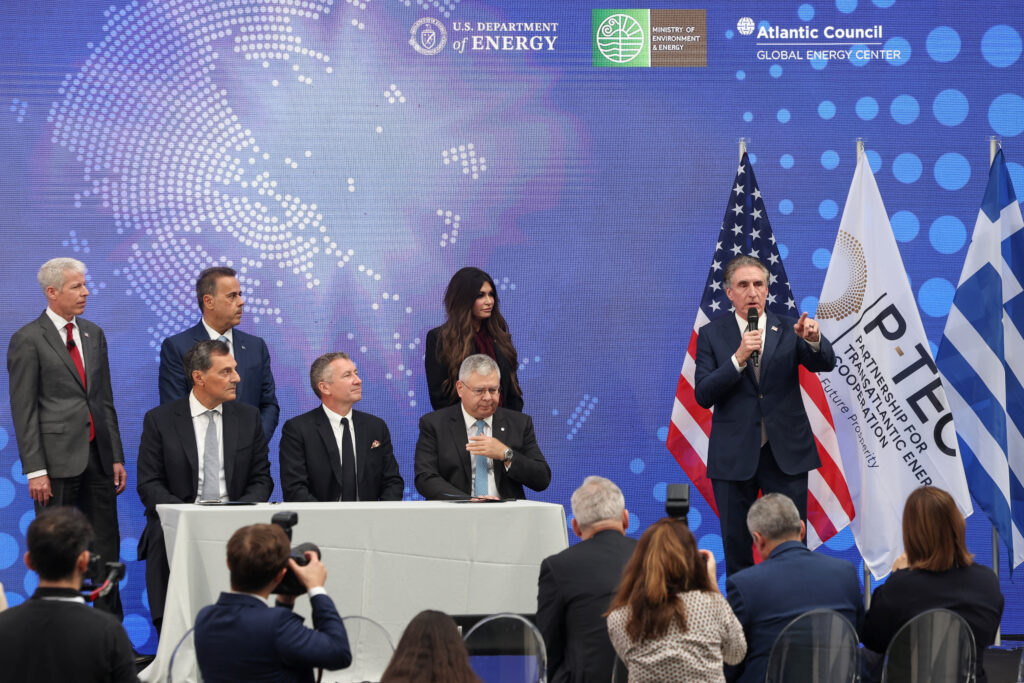













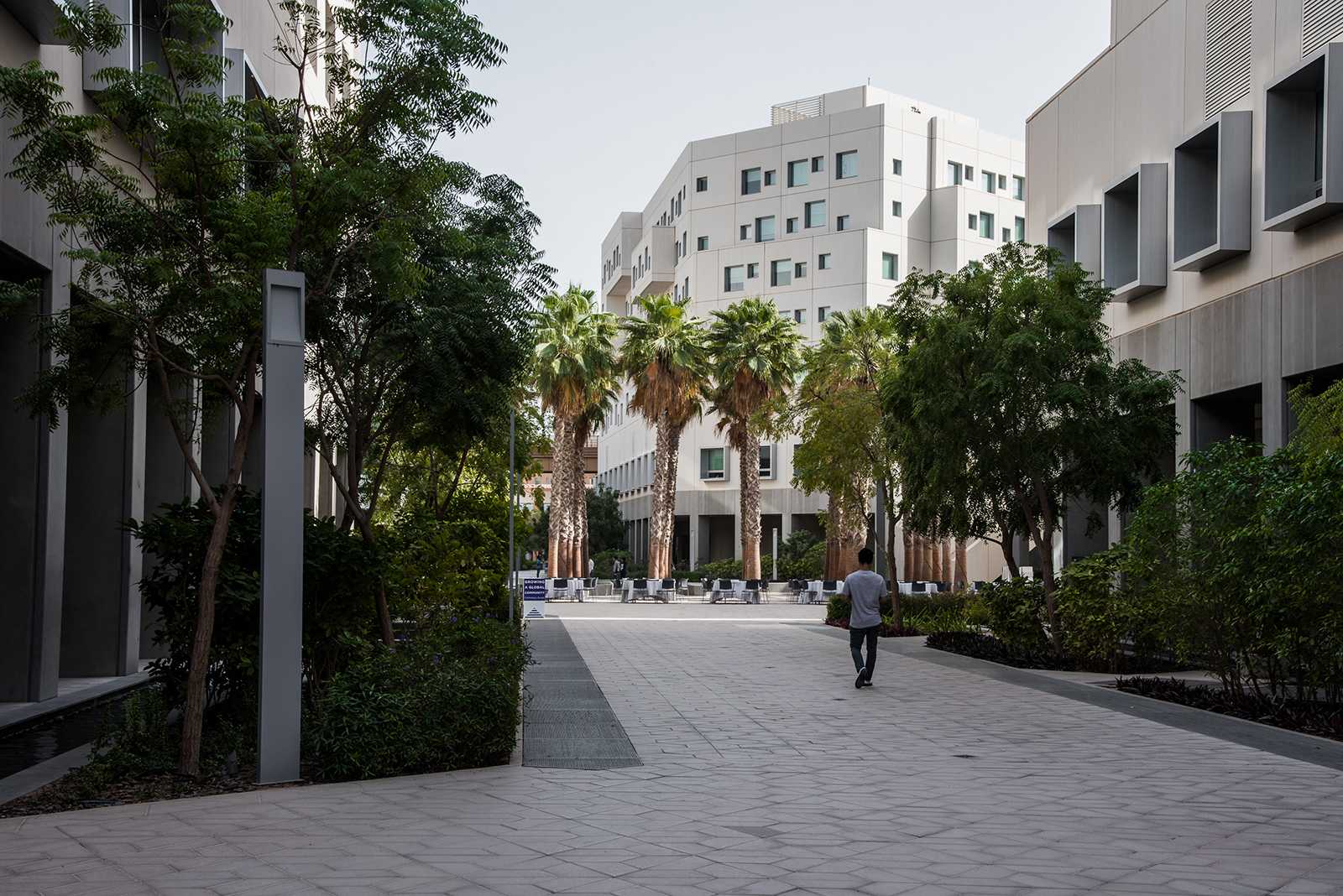

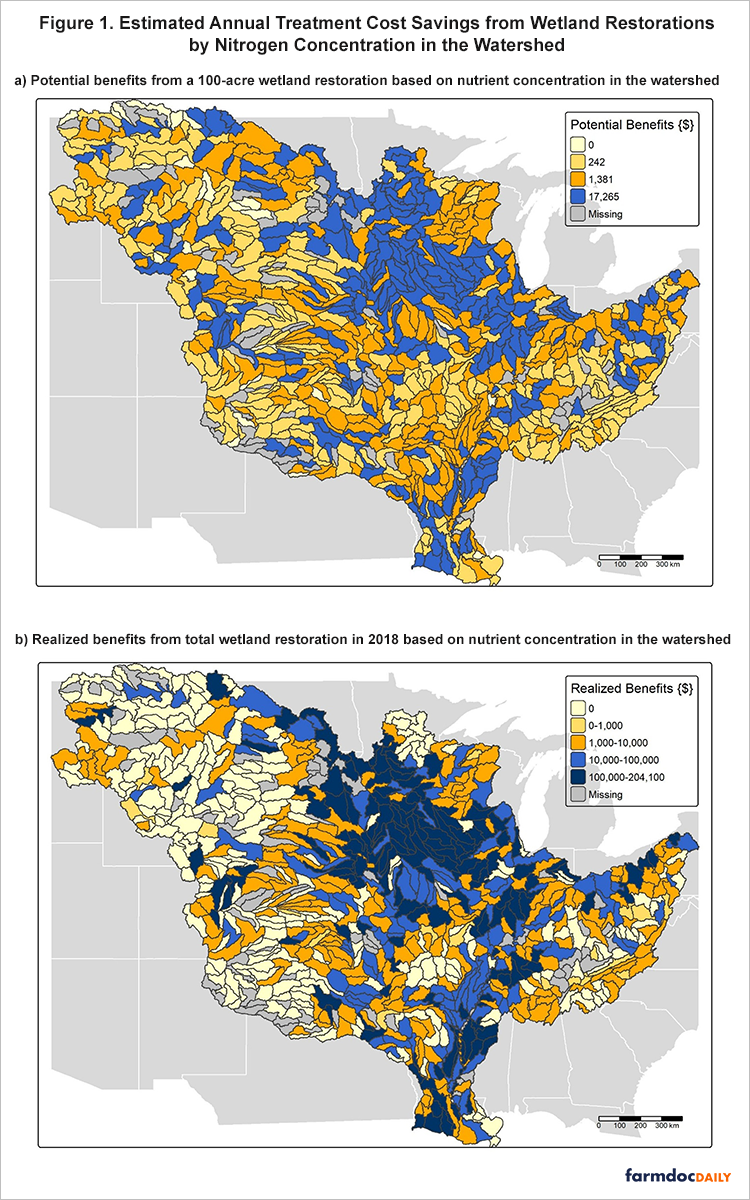
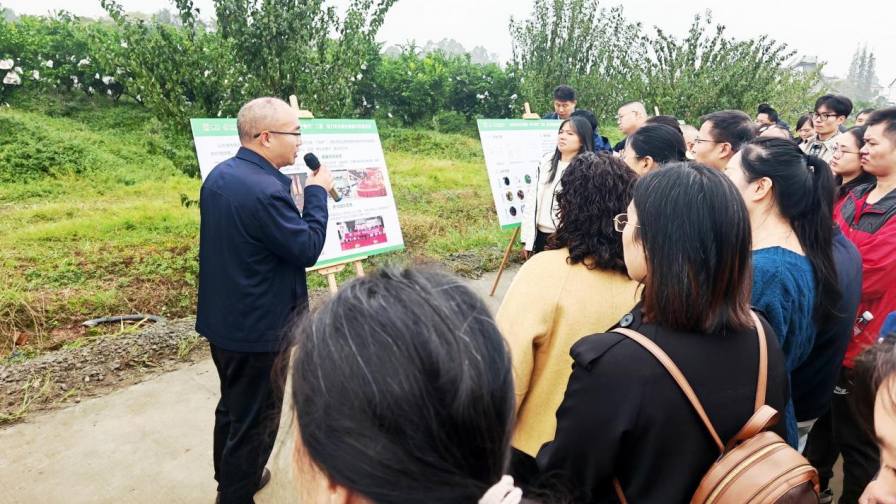













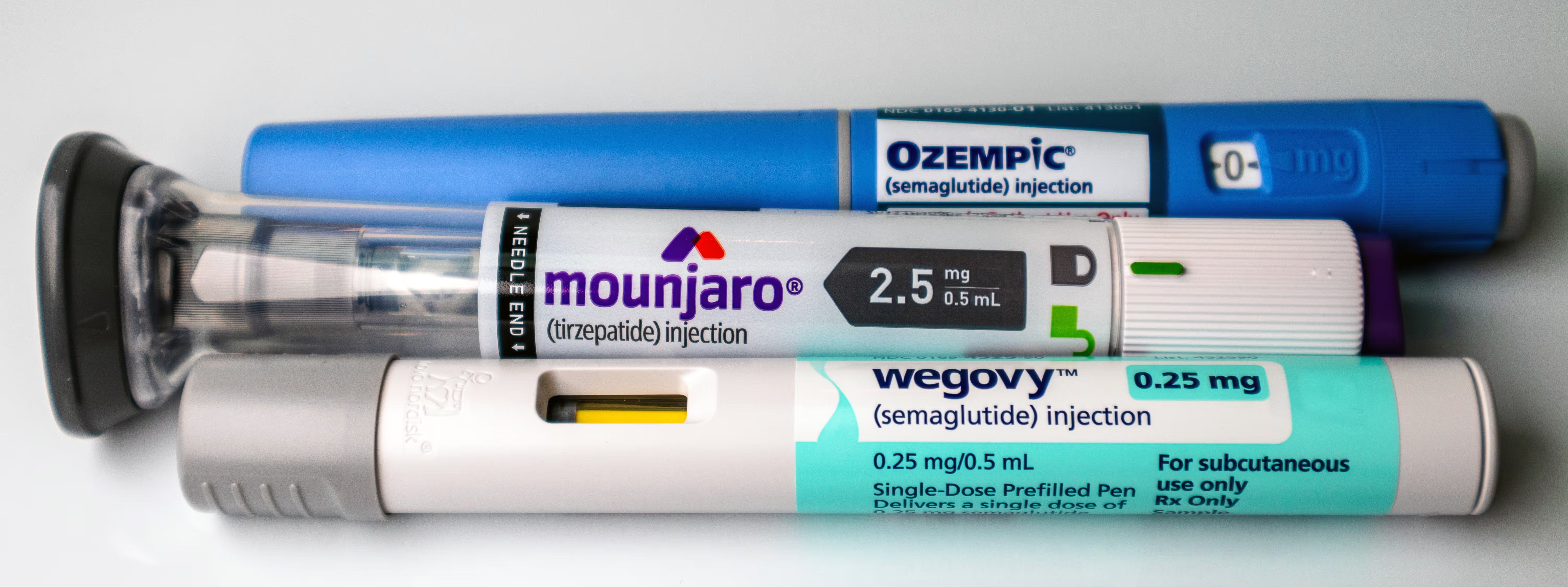
-strategy/uganda-yellow-fever-vaccination-campaign.tmb-1200v.jpg?sfvrsn=8c8c1c4_4#)




